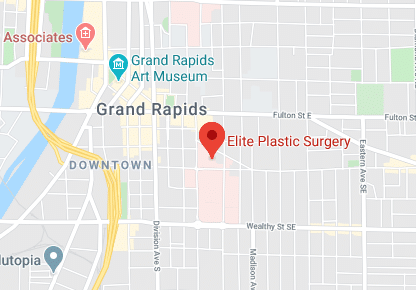 Back in July, we posted a blog about tennis elbow. Pretty much everyone has heard of that condition where the tendons in the elbow become inflamed. But with all of the great golf courses around here such as Indian Trails, Stormy Creek, or Mines, many of us may develop numbness or tingling in our hands and fingers, particularly our pinky and outside half of our ring finger. These symptoms could be telling you that the ulnar nerve is becoming constricted as it passes through the elbow. This is known as cubital tunnel syndrome, sometimes also called “golfer’s elbow.”
Back in July, we posted a blog about tennis elbow. Pretty much everyone has heard of that condition where the tendons in the elbow become inflamed. But with all of the great golf courses around here such as Indian Trails, Stormy Creek, or Mines, many of us may develop numbness or tingling in our hands and fingers, particularly our pinky and outside half of our ring finger. These symptoms could be telling you that the ulnar nerve is becoming constricted as it passes through the elbow. This is known as cubital tunnel syndrome, sometimes also called “golfer’s elbow.”
At Elite Plastic Surgery, we can treat cubital tunnel syndrome with various conservative methods. If these don’t alleviate the problem, we may need to perform surgery.
What is the ulnar nerve?
The arm has three main nerves: the median nerve, the radial nerve, and the ulnar nerve. The ulnar nerve travels from your neck down into your hand. On this path, it can become constricted in several places along the way, such as beneath the collarbone or at the wrist. But because the ulnar nerve runs behind the inside part of the elbow where there can be compression, this is the most common spot for trouble.
At the elbow, the ulnar nerve travels through a tunnel of tissue called the cubital tunnel. This runs under a bump in the bone at the inside of the elbow, called the medial epicondyle. The spot where the nerve runs under the medial epicondyle is commonly referred to as the funny bone. At this spot, the nerve is relatively close to the skin, so bumping this area causes a shock-like feeling, hitting your “funny bone.”
After it passes the elbow, the ulnar nerve travels under muscles on the inside of your forearm and into your hand on the outer side of the palm (away from the thumb).
What does the ulnar nerve control?
The ulnar nerve allows us to sense feeling in the little finger and the outer half of the ring finger. It also controls most of the muscles in the hand that control fine movements. It also controls some of the bigger muscles that allow us to make a strong grip.
What causes the compression?
The ulnar nerve is susceptible to compression at the elbow where it travels through a narrow space with little soft tissue to protect it. In many cases, there isn’t a direct cause/effect for cubital tunnel syndrome, but these are common causes of compression in the ulnar nerve at the elbow:
- When your elbow is bent, the ulnar nerve must stretch around the boney ridge of the medial epicondyle. This stretching can irritate the nerve, resulting in numbness in the fingers. This can occur when your elbow is bent for long periods of time, such as sleeping with your elbow bent.
- The nerve can slide out from behind the medial epicondyle when the elbow is bent. Repetition of this causes irritation.
- Leaning on your elbow for long periods of time puts pressure on the nerve.
When it becomes serious
Everyone has occasional tingling and numbness in his or her pinky and ring finger associated with the ulnar nerve. But, if the condition lasts or the symptoms are severe, you run the risk of muscle wasting that is irreversible.
At Elite Plastic Surgery, we have a variety of conservative treatments for cubital tunnel syndrome. If we exhaust these, and you still have nerve problems, we may need to perform a cubital tunnel release surgery.
If you have tingling in your pinky and ring finger that endures, contact us at Elite Plastic Surgery, (616) 459-1907, and let’s check it out.


No comments yet.